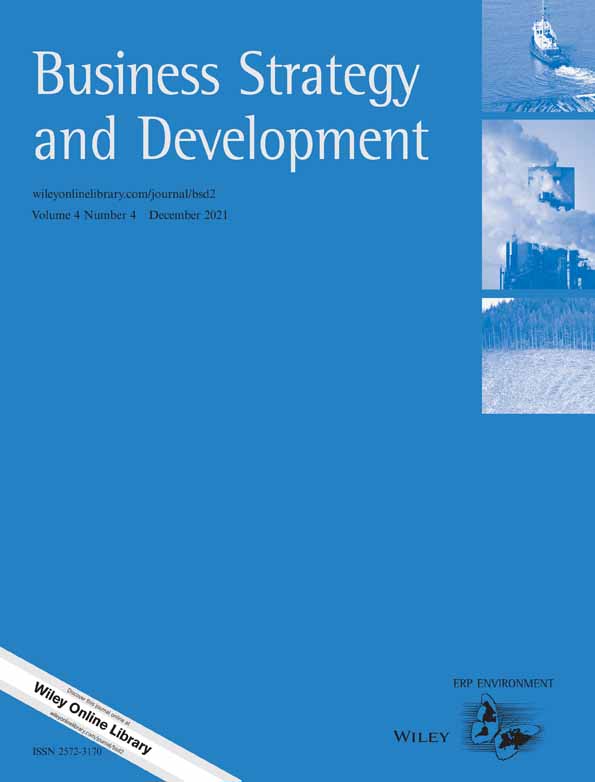Protected areas are the single most important conservation tool. The global protected-area network has grown substantially in recent decades, now occupying 11.5% of Earth's land surface, but such growth has not been strategically aimed at maximizing the coverage of global biodiversity. In a previous study, we demonstrated that the global network is far from complete, even for the representation of terrestrial vertebrate species. Here we present a first attempt to provide a global framework for the next step of strategically expanding the network to cover mammals, amphibians, freshwater turtles and tortoises, and globally threatened birds. We identify unprotected areas of the world that have remarkably high conservation value (irreplaceability) and are under serious threat. These areas concentrate overwhelmingly in tropical and subtropical moist forests, particularly on tropical mountains and islands. The expansion of the global protected-area network in these regions is urgently needed to prevent the loss of unique biodiversity.
DOI:
https://doi.org/10.1641/0006-3568(2004)054[1092:GGAPRF]2.0.CO;2
Skor altmetrik:
Jumlah Kutipan Dimensi:
054[1092:GGAPRF]2.0.CO;2&apiKey=3948bb216041dbffcb29a618defafc29&httpAccept=image%2Fjpeg)


















